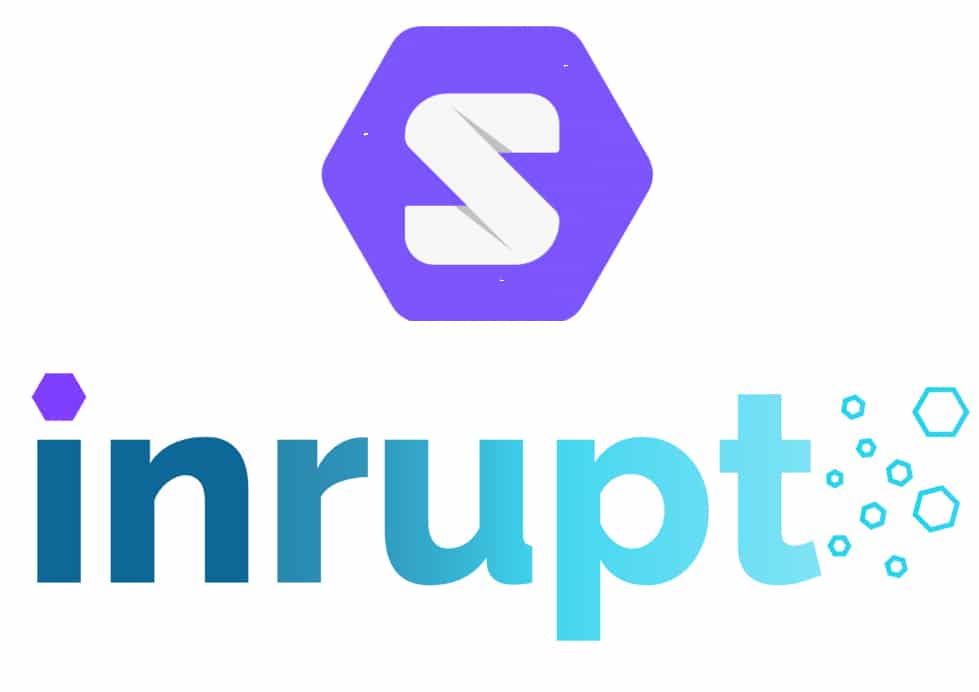InVision, the digital product design platform, announced its latest update for its online whiteboard, Freehand. Freehand, which is integrated into the broader InVision platform, now includes more than a dozen templates from global enterprise organizations including American Express, Asana, Atlassian, AWS, IBM, Xbox. These templates invite customers to incorporate collaborative workflow practices developed by some of the world’s top teams to accelerate their own product development and digital transformation, all from within the InVision platform. The new templates include:
- Brainstorming by Xbox, to engage design and product stakeholders in a simple, inviting ideation exercise focused on giving everyone a voice
- Architecture Brainstorm Map used by Amazon Web Services (AWS) Solution Architects, to keep customer and business requirements in sight while building an architecture diagram
- Marketing Project Plan by Asana, to kick off a campaign with thoughtful brainstorming for better results
- Customer Journey Map by American Express, to unify business partners on the opportunities within a customer’s journey
- Product Launch by LaunchDarkly, to align a product delivery team and strategize on a successful product launch
- Sprint Planning by Atlassian, to run effective sprint planning meetings with product and engineering teams while remote
- Affinity Diagram by UserTesting, to better synthesize UX research with a thorough understanding of data
InVision Enterprise customers can also now create custom templates for their team’s internal use.

